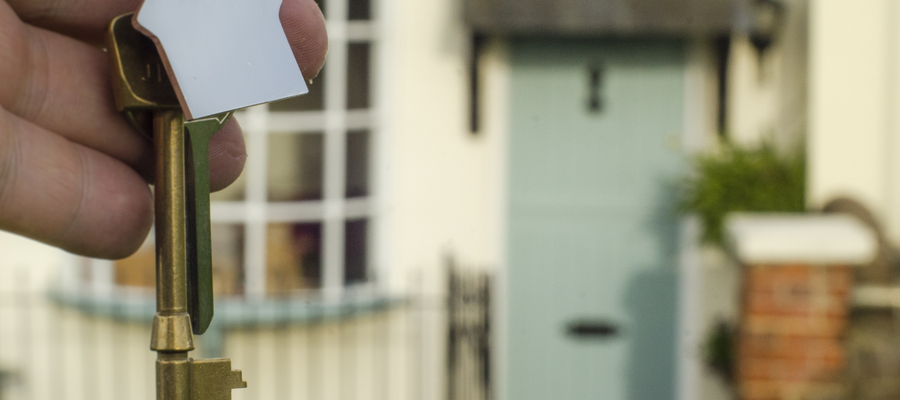The spring weather often brings with it the start of the house-selling season, although things appear to be off to a slow start this year.
The latest survey, from the Royal Institution of Chartered Surveyors (RICS) has highlighted that demand from buyers, and new instructions from sellers, are down again, with figures showing the flattest period in the last five years in the UK housing market.
The recent bad weather, continuing fears over the effects of the Brexit negotiations has resulted in the housing market in the south-east and London is particularly weak, while the rest of the country was somewhat better.
“The shortage of instructions has resulted in an epidemic of certain agents persistently trying to poach properties already on the market with other agents. “This is further besmirching the general estate agency business,” said one surveyor in Doncaster.
“There seems to be an air of uncertainty which has resulted in reduced instructions and inquiries,” replied another.
A lack of availability of appropriate properties has stalled many buyers from investing and getting onto the ladder.
However, the slow property market does have benefits for some as it has led to questions over whether the interest rate rise will be delayed.
Bank of England governor Mark Carney announced in November that interest rates would rise for the first time in a decade, from 0.25% to 0.5%. A further two rate increases of 0.25% are expected before 2020 with some economists predicting another could come as soon as May. RICS chief economist Simon Rubinsohn says it could prompt the Bank of England to stall the next rise. Some 9.2 million households across the UK have a mortgage, half of which are on standard or a tracker rate.
The rise in November meant that the average homeowner – with a typical mortgage of £175,000 – was hit with an increase of about £22 a month. Another two quarter point rises would add an additional £67. There are further suggestions that the Bank may “normalise” rates following a decade of low interest. This could leave rates at about 3%, which would result in a much more painful monthly repayment for many.
The RICS report was published a day after Halifax reported house prices falling for a second consecutive month in January, as consumers struggling with shrinking disposable income put major spending decisions on hold.
The average price of a home in Britain fell 0.6% last month to £223,285, according to the mortgage lender’s own data. It followed a 0.8% drop in prices in December, and drove down annual house price growth to 2.2%, the slowest rate in six months.
Halifax’s Russell Galley said house prices fell despite a backdrop of rising employment in Britain and the government’s decision to scrap stamp duty for first time buyers on homes selling for up to £300,000.
“Although employment levels grew by 102,000 in the three months to November, household finances are still under pressure as consumer prices continue to grow faster than wages,” Galley said.
Last week another leading mortgage lender, Nationwide, reported month-on-month house price growth of 0.6% in January, saying that the lack of new properties coming on the market was supporting the trend.

